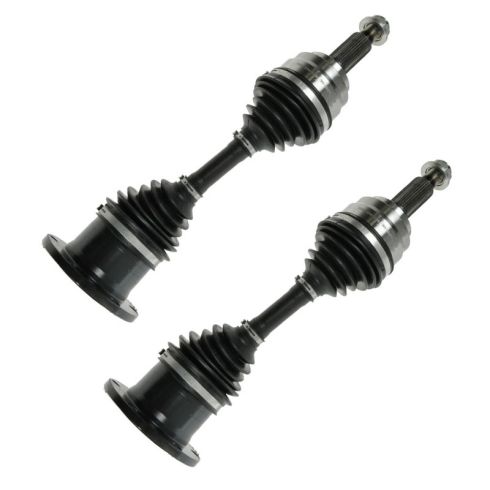CAACS00002-Ford Lincoln Front Driver & Passenger Side 2 Piece CV Axle Assembly Set Cardone Reman CAACS00002

Replaces
2000 Lincoln Navigator Front Driver & Passenger Side 2 Piece CV Axle Assembly Set Cardone Reman CAACS00002

Product Reviews
Loading reviews
There are no reviews for this item.
Customer Q&A
Does the life time warranty include the does the lifetime warranty include the boots?
February 17, 2016
10
Yes, its covers the boots due to manufacturer defects only
February 17, 2016
Brian F
Lincoln is a registered trademark of Ford Motor Company. 1A Auto is not affiliated with or sponsored by Lincoln or Ford Motor Company.
See all trademarks.








